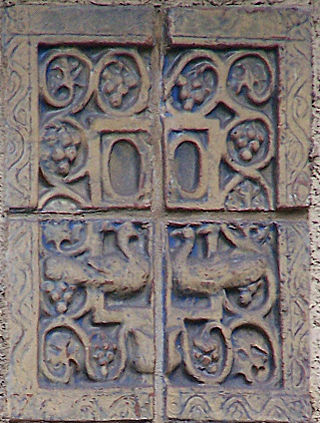
Ernest Allan Batchelder was an American artist and educator who made Southern California his home in the early 20th century. He created art tiles and was a leader in the American Arts and Crafts Movement.

Greene and Greene was an architectural firm established by brothers Charles Sumner Greene (1868–1957) and Henry Mather Greene, influential early 20th Century American architects. Active primarily in California, their houses and larger-scale ultimate bungalows are prime exemplars of the American Arts and Crafts Movement.

Mayan Revival is a modern architectural style popular in the Americas during the 1920s and 1930s that drew inspiration from the architecture and iconography of pre-Columbian Mesoamerican cultures.

George Washington Smith was an American architect and painter. He is known particularly for his work around Santa Barbara, California, and for popularizing the Spanish Colonial Revival style in early 20th Century America. His notable works include Casa del Herrero, the Lobero Theater, the Santa Barbara News-Press building, and buildings at the Santa Barbara Cemetery. He also designed several private houses in Montecito.
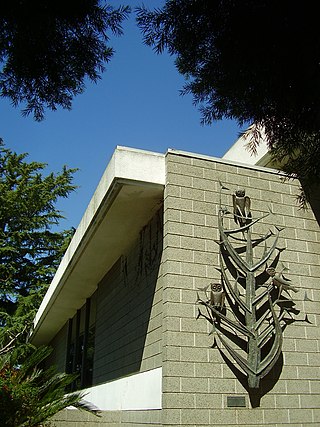
Boyd E. Georgi was a USC-trained California architect with a Southern California practice in modernism that spanned from residential works to schools and libraries. Georgi was president of the Pasadena and Foothill chapter of the AIA in 1964.
David S. Gebhard was a leading architectural historian, particularly known for his books on the architecture and architects of California. He was a long-time faculty member at the University of California, Santa Barbara, and was dedicated to the preservation of Santa Barbara architecture.
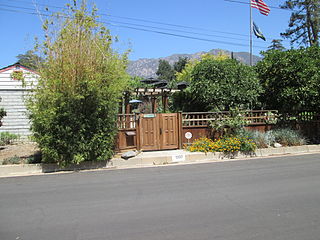
Keyes Bungalow is a National Register of Historic Places structure in Altadena, California. It was placed on the Register in 1978 for its significance as an example of a Craftsman style home. It is also notable as being the home of Jackson Gregory an author of Westerns in the 1920s and 1930s.
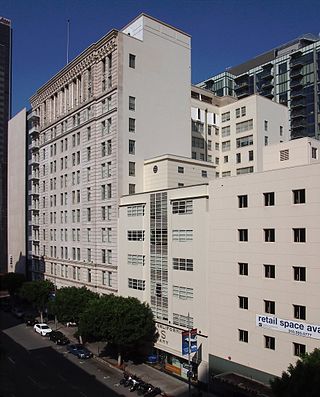
The Southern California Gas Company Complex is a group of buildings on Flower Street in Downtown Los Angeles. The main building, completed in 1925, was designed in the Renaissance Revival style by John and Donald Parkinson.
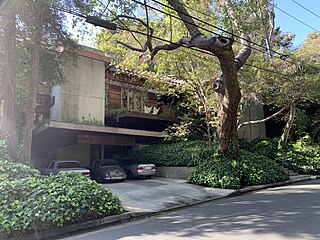
The Kappe Residence is a house in the Pacific Palisades section of Los Angeles, California, designed by architect Raymond Kappe, FAIA, as his own residence. It is a modern design built into a heavily treed hillside. It was designated a Los Angeles Historic-Cultural Monument in 1996, and in 2008 it was named one of the top ten houses in Los Angeles by an expert panel selected by the Los Angeles Times.

Scottish Rite Cathedral in Pasadena, California was built in 1925 in a Moderne and/or Zig Zag Moderne style.
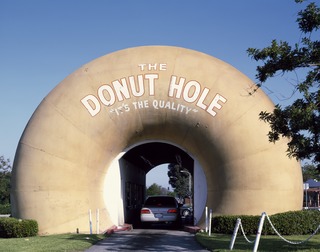
The Donut Hole is a bakery and landmark in La Puente, California. An example of programmatic architecture, the building is shaped like two giant donuts through which customers drive to place their orders. The bakery is one of the most photographed donut shops in the United States.
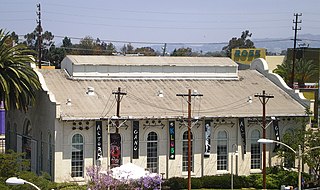
Ivy Substation is a 99-seat theatre in Culver City, California which formerly housed power equipment for the nearby electric railways and Ivy station. It was listed on the National Register of Historic Places in 1981.
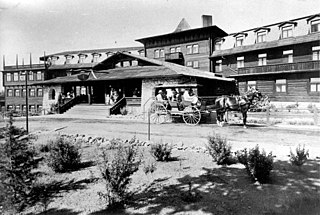
Charles Frederick Whittlesey (1867–1941) was an American architect best known for his work in the American southwest, and for pioneering work in reinforced concrete in California.

Carleton Monroe Winslow, also known as Carleton Winslow Sr., was an American architect, and key proponent of Spanish Colonial Revival architecture in Southern California in the early 20th century.
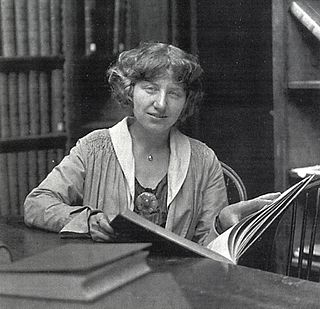
Lutah Maria Riggs was an American architect who worked for several decades in Santa Barbara, California. Born in Toledo, Ohio, she moved with her mother to Santa Barbara after high school, where she returned after receiving a BA in architecture from the University of California, Berkeley. From 1921 to 1930, she worked as a draftswoman for George Washington Smith, and she continued to work as an architect in Santa Barbara until 1980, focusing primarily on residential work. She was the first licensed female architect in Santa Barbara, and the first woman in California to be named a Fellow of the American Institute of Architects.
Julius Ralph Davidson or JR Davidson (1889-1977) was a Mid-century modern American architect known for advancing modern architecture in Los Angeles and participating in Arts & Architecture magazine's Case Study House Program.

Douglas Rucker, is an American mid-century style architect, artist and author who has designed more than 80 residential and commercial projects and over 50 remodels/additions in California, Hawaii and Greece.

Walter E. Erkes was an American architect. He became an architect in California, where he designed buildings in Oxnard, Alhambra, and Los Angeles, some of which he designed buildings with architect John Paul Krempel, like the German Hospital in Boyle Heights. Erkes also designed the Inglewood Mausoleum in Inglewood.
The Dolores Del Rio House at 757 Kingman Avenue is a house in Pacific Palisades, Los Angeles, that was designed for the Mexican actress Dolores del Río and her husband, the production designer Cedric Gibbons, by Douglas Honnold and George Vernon Russell in 1929.
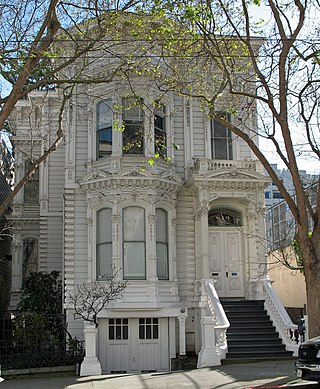
The Stadtmuller House, or F. D. Stadtmuller House, is a historic house built in 1880, and located in the Western Addition neighborhood of San Francisco, California. It is notable for its architecture.
















